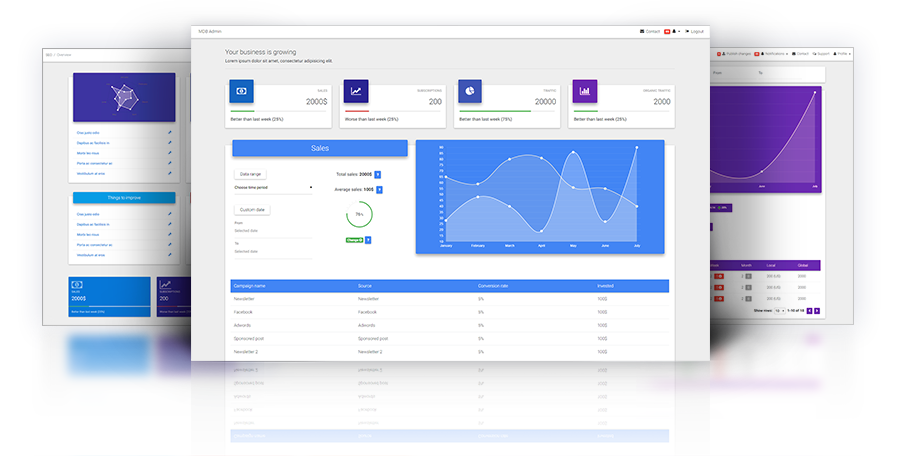Latin Report Economic Research
Country Reports, short articles and bespoke economics research

Long term view
In our view a country's economic trajectory can only be understood from a long term perspective. Short term factors tend to distort the view.
Academic source material
The long term study of economic development is located firmly within the academic sphere where books and articles are regularly published on relevant topics
Sinthetic approach
What we offer is a sinthesis of the various books and papers published on the relevant topics in a format that is accessible to anyone working in business or Government.
We also offer short articles on a variety of economics subjects
Many of these articles top Google search rankings, some more than two years after publication
Why the long term matters!

Every time you attempt to make sense of a phenomenon, be it in the natural sciences or the social sciences, you are overwhelmed with an infinite amount of information representing the thousands of variables that may be having an influence

Reserchers in the natural sciences or the social sciences can only make progress if they work within a framework of a preconceived methodology and focus on the variables they believe to matter. Otherwise they will drown in detail and get nowhere

In the economics field there is a great deal of short term research of varying quality. While it depends on the end user and the type of activity undertaken, from the point of view of a fundamental understanding of the underlying variables such research is virtually worthless
The Latin Report Approach
Just as in science or engineering we try to get to the bottom of what is really going on and avoid the temptation to get distracted by short term news or events

Take a long term view and avoid overreacting to short term news or events

Lorem ipsum dolor sit amet, consectetuer adipiscing elit, sed diam nonummy nibh euismod tincidunt ut laoreet dolore magna aliquam erat volutpat.
View More
Lorem ipsum dolor sit amet, consectetuer adipiscing elit, sed diam nonummy nibh euismod tincidunt ut laoreet dolore magna aliquam erat volutpat.
View More
Lorem ipsum dolor sit amet, consectetuer adipiscing elit, sed diam nonummy nibh euismod tincidunt ut laoreet dolore magna aliquam erat volutpat.
View More